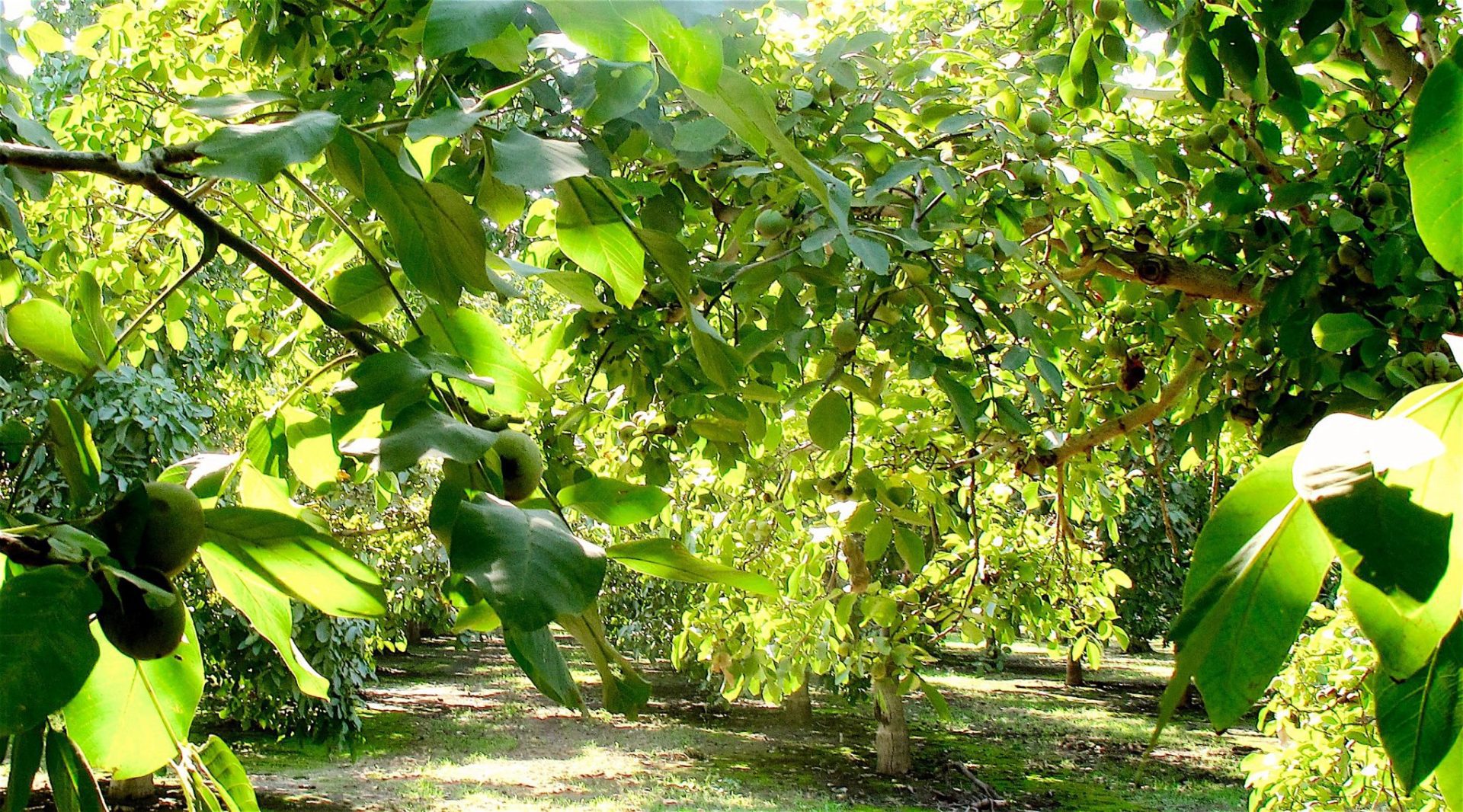
Understanding your soils is not easy when there are so many factors. We start examining a report with the pH and ECs, but that’s such a small fraction of the equation. Some of my growers never even look at the meq/L nor care to. Some take a glance at the base saturation percentage and think everything is peachy keen. Without comparing to tissue samples, their “peaches” may not be “keen” on what they are absorbing. Many never look at the anion balance to see what salts are being made empirically by default in the ground. With so much information on a single sheet of paper, how do we decipher any of it? And if we don’t plan to change anything, why even look? To that I say let’s look, decipher and make changes that can actually be useful. And let’s not break the bank in one year trying to do it.
Care about Cations
We’ve talked before about the ppm of our cations in the soil. If your soil tests show 2,000 ppm calcium, since 6 inches of soil weighs about 2 million pounds per acre, we multiply that number by 2 to get the equivalent pounds of calcium. That makes a 2,000-ppm acetate extraction test calculate to 4,000 pounds of calcium for every 6 inches if your soils are uniform to, let’s say, 2 feet. That’s 16,000 pounds of calcium, per that test, that should become available this year.
What do you mean, “become available this year”? That’s what the acetate medium etched off in that particular test at that particular time, which is supposed to “estimate” what the soil can give off in a single year. That’s not a total soil load. That sounds like plenty of calcium to me for about 53 years if we used 300 pounds per year. How would we ever be deficient if we could take up even part of that total? Obviously it’s not all getting into our trees.
Nutrient Solubility
Now move to the meq/L section where we look at a nutrient’s actual solubility in water. Let’s say that number is 50. Multiply that number by the element’s atomic weight divided by the valence electrons and divide that result by the ppm on the test. That would equal about 50% calcium solubilizing in this example. With pure lab water, not your well water. I’d throw a party if this was the norm for my growers.
Denele labs in Turlock calls this an “extraction ratio,” and it’s a great equation to see what amount of calcium is actually present in your water and potentially getting to your roots. Again, 50% would be a great number. I usually see reports of about 3% to 6%. Again, with pure water, a best-case scenario and not what we are irrigating with. We want to get our growers’ soils releasing about 20% to 30% for calcium and magnesium. 7% to 12% for potassium. Here’s the kicker: We want about 75% being released for sodium. Those numbers are based on solubility and hydration radii. That gives us a leachable element. For every soluble unit of calcium we can get to stick on the soil colloid, we can kick off two sodium units since there are two charges. Same for magnesium. Potassium has the same charge as sodium so it’ll just kick off one unit. Potassium has the same charge, but it is heavier and therefore has a larger hydration radius (holds water molecules around it much tighter) so it’s not as leachable. ump the good stuff, make it soluble if it’s not already and push the bad guy down further into the soil.

Remember Anions, Too
Now let’s look at anions for the negative charge of the salts. Chlorides, borates, nitrates, sulfate, carbonates, bicarbonates, etc., these are the things the positively charged nutrients attach to, to make most of the salts our plants want to drink. Carbonates and bicarbonates need to be factored into our water tests as they continue to be added to our soils. Calcium carbonate is lime. Sodium bicarbonate is baking soda. Sodium chloride is table salt. Potassium chloride is muriate of potash; cheap K but a high leaf burn potential. Get it? Lots of detrimental salts can be made, especially if added in insoluble forms and applying too much. These aren’t exactly the good things we want in our soil. And many times, we create them ourselves or fail to remediate them.
Look at the Reports
The point of this goofy chemistry session is to highlight the fact that designing a nutrition plan for you is never as easy as applying copious bulk amendments in the fall, lots of N and insoluble P in the spring and hoping all gets worked out in the wash. Here’s part of the remedy: Sit down with your Crop Advisor and lay the reports out. Soil, water (both spring and fall samples) and an early and late-season tissue sample.
Do the math on what it would take to completely balance a soil. I recommend “The perfect soil 2.0” by Michael Astera, to see what a total balancing remediation would look like. Take into account things are very different in the west than the Midwest or East coast where farmers actually get decent or even any rainfall! Heck, things are very different from the north to south in just the Central Valley. Now, build a budget around what those amendments would cost to actually make changes.
I’d make a multi-year plan due to cost restraints. Adjust that for what you can afford this year and still be able to address soluble nutrients in-season. Take a look at what nutrients were deficient in your trees in the samples before harvest. What did you apply to address this, what amounts were used and what derivative (type of salt) did you use? Was it all soil-applied or did you spray any on foliarly? What was the pH of the spray? Did you match it to the nutrient demand curve to make sure that’s what the tree needed at that time? Did you apply those that will tie up to different parts of the tree, one soil and one leaves if need be? Do the math on what nutrients applied in excess will be tied up with what the water is giving us or other overapplied nutrients.
Actions cause reactions. Be purposeful. Make a plan and be ready to amend it. In-season tissues should tell you if you are succeeding. Any nutrients that are getting out of hand, like N in particular, can be reduced. Balance makes trees happy. Middle-of-the-road sufficiency on most nutrients with a big excess of N is not balanced. Reduce the N and bring the lower limits of the lower-level nutrients up. It’ll make everything work more efficiently.
Making plans cannot just be put on paper, in cookie cutter formats and applied to every farm with the same crop. You have to be deliberate to make change. Analyze your results with the detailed execution of previous plans. See where they have let you down or produced excesses. The more you understand the potential effects of your inputs, the more you’ll better prepare for making the right choices. Future tissue results and future yields will become more predictable with a focused approach to increasingly expensive nutrients.










